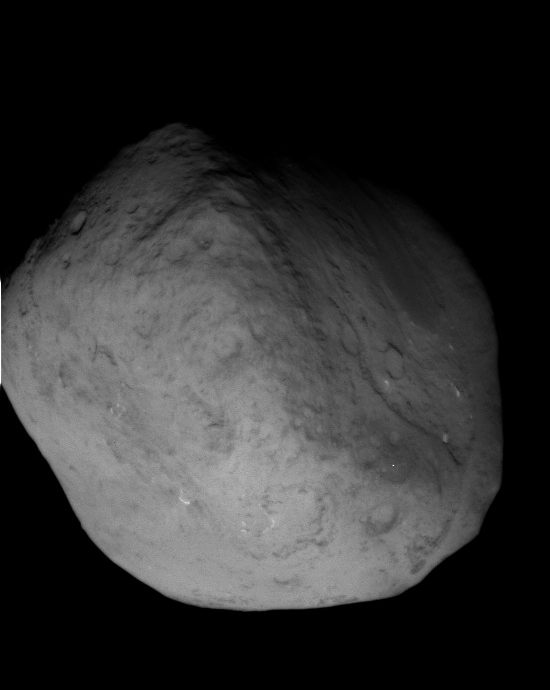According to its manager, the budget troubles of the James Webb Space Telescope will likely keep it on the ground until 2016.
This is terrible news for space-based astrophysics. Until Webb gets launched, NASA will have no money for any other space telescope project. And since all the space telescopes presently in orbit are not expected to be operating at the end of the decade, by 2020 the U.S. space astronomy program will essentially be dead.
Then again, there is the private sector, as Google Lunar X Prize is demonstrating.

